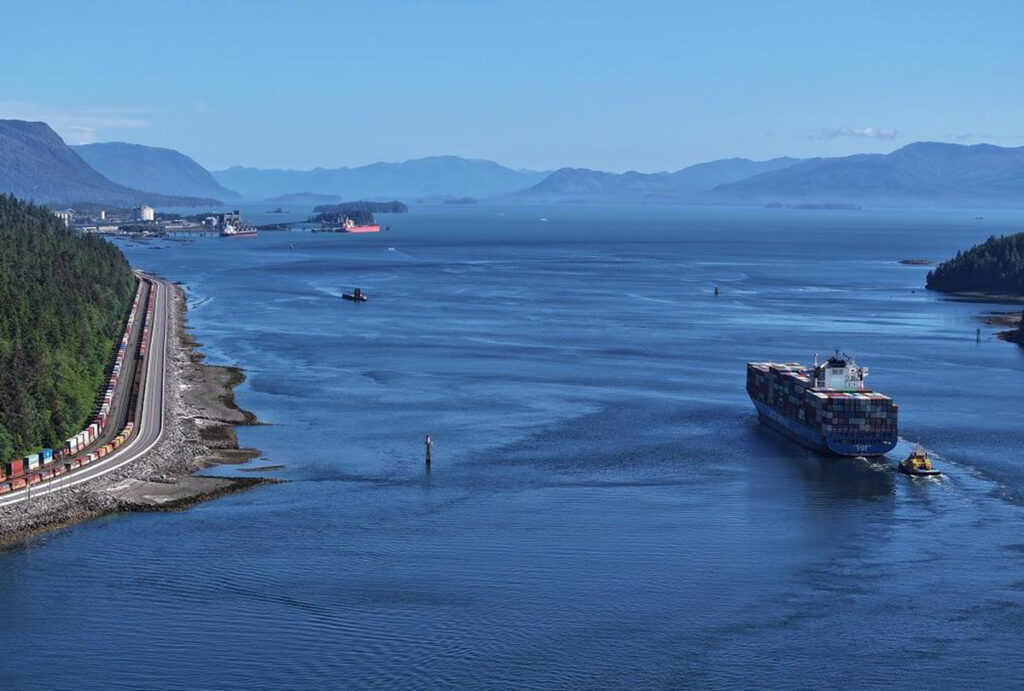With ongoing discussions about diversifying Alberta’s crude oil export routes, selecting the right destination port on British Columbia’s northern coast is critical. This analysis examines Prince Rupert as a prime candidate, highlighting why it stands out as the best choice for a new Alberta crude oil pipeline.
Geographic and Logistical Advantages
Prince Rupert is Canada’s deepest natural harbour and is located approximately 1,500 kilometres closer to Asian markets than Vancouver. Its northern coastal position provides a shorter and more direct shipping route across the Pacific, reducing transit times and shipping costs. The port’s location also means ships can avoid the congested and environmentally sensitive waters of southern British Columbia, including the Salish Sea and Vancouver’s busy port.
Infrastructure and Expansion Capacity
Prince Rupert has a modern and rapidly expanding port infrastructure. The Port of Prince Rupert already handles bulk cargo, containers, and other exports, and it has significant capacity for further development. There is available land and established transportation corridors—including rail lines operated by CN Rail—that connect directly to Alberta, making it logistically feasible to construct a new pipeline and efficiently move crude oil to tidewater.
Economic Benefits
A pipeline terminating at Prince Rupert would open up Alberta’s crude oil to global markets, particularly in Asia, increasing market access and potentially securing better prices for Canadian oil producers. The economic spin-offs for both Alberta and northern British Columbia include job creation, increased tax revenue, and local business opportunities in construction, operations, and port services.
Environmental and Community Considerations
Shipping crude oil from Prince Rupert avoids some of the most ecologically sensitive regions along the southern coast. The port’s deep waters allow for safer navigation of large tankers, reducing the risk of groundings and spills. Additionally, the relatively low population density around Prince Rupert compared to southern ports minimizes the social impact and opposition that has historically challenged energy projects in more urbanized regions.
Strategic and Security Factors
The northern location of Prince Rupert is advantageous from a national security perspective. It is less vulnerable to geopolitical tensions and traffic bottlenecks that can affect southern ports. The port’s proximity to the open Pacific also reduces the time tankers spend in Canadian waters, limiting exposure to potential environmental incidents.
Prince Rupert’s strategic location, robust infrastructure, economic potential, and lower environmental and social risks make it the best choice for a new Alberta crude oil pipeline on British Columbia’s northern coast. Its selection would not only enhance Canada’s energy export capabilities but also support responsible economic development in Western Canada.
Share This:




 CDN NEWS |
CDN NEWS |  US NEWS
US NEWS 































